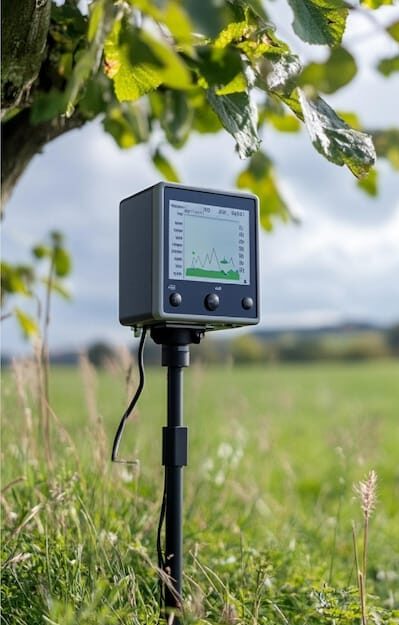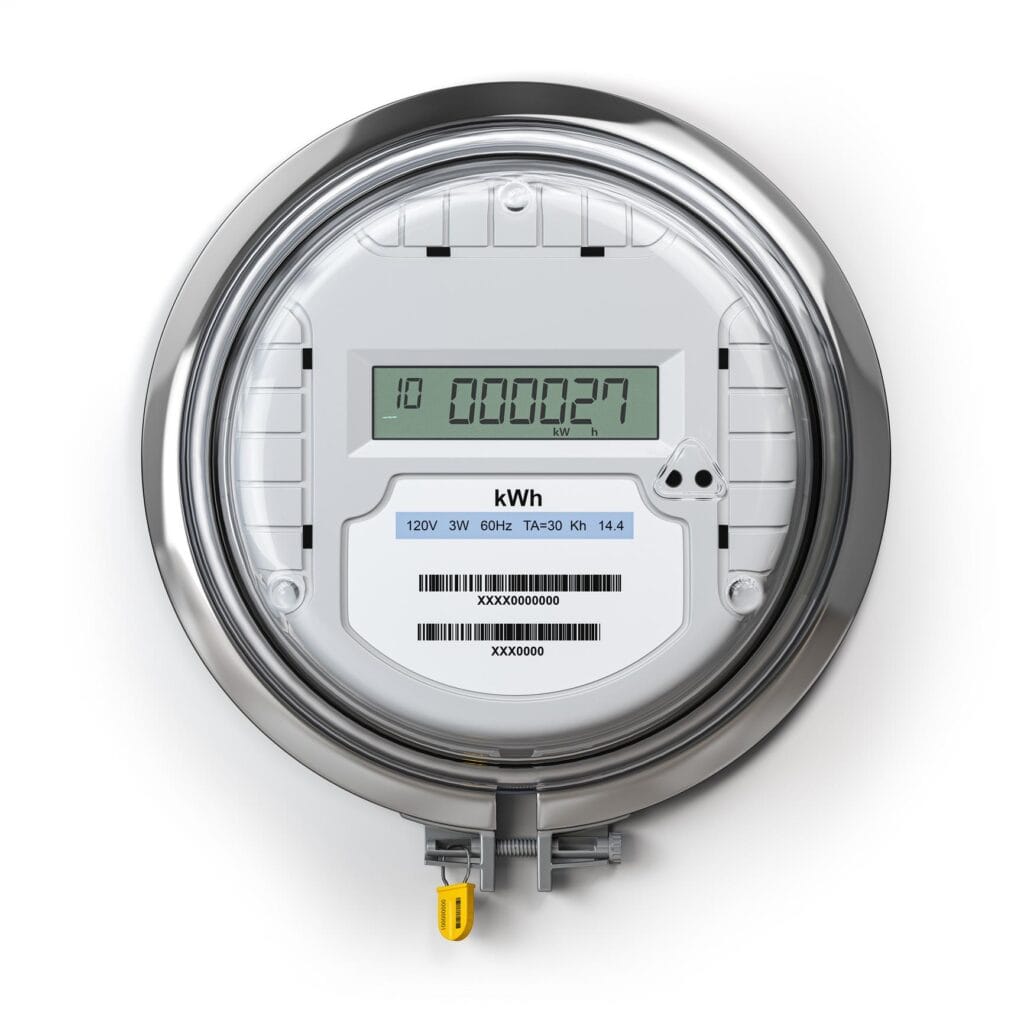Residential: Enables homeowners to monitor and electricity consumption and manage usage efficiently Commercial: Helps businesses track energy use, uncover inefficiencies, and optimize costs
Industrial: Delivers detailed consumption data for improving operations, reducing downtime, and meeting compliance standards

Agricultural Products
Water flow monitoring and control
An electronic water flow meter integrates sensors and electronic components to accurately measure the rate of water flow. Renowned for its precision, user-friendliness, and ability to provide real-time data, it’s an ideal tool for monitoring and managing water usage in agricultural settings.
Features
Digital Display: Most electronic water flow meters feature a clear LCD or LED screen that shows real-time flow rates and accumulated volume, making readings intuitive and easy to monitor
Data Logging: Selected models include onboard data loggers that continuously record flow measurements over time, enabling detailed analysis and performance monitoring.
Communication Interfaces: These meters support multiple integration options—RS‑485/Modbus, M‑Bus, and wireless protocols like LoRaWAN, Sigfox, and Wireless M‑Bus—making them easy to connect with control systems and remote monitoring networks.
Flow Rate Range: Available models cater to diverse needs—from ultra-low flows (as little as 0.1 mL/min or 1 L/h for precise labs and dosing) to high capacities (hundreds to tens of thousands of L/min for industrial, irrigation, or municipal use)—ensuring the right meter for any application.
Installation Flexibility: These flow meters can be installed horizontally—at the pipe’s lowest point—or vertically with upward flow, preventing air pockets and sediment buildup to ensure accurate, reliable readings across diverse setups.
Applications
Residential: Water usage monitoring in homes.
Industrial: Process control and monitoring in factories.
Agriculture: Irrigation system management.
Municipal: Water supply and wastewater management.

Energy Meter
An electronic energy meter is a device that measures the amount of electrical energy consumed by a residence, business, or industrial facility. Unlike traditional mechanical meters, electronic meters provide more accurate measurements and often come with advanced features. Here’s an overview:
Types of Electronic Energy Meters
Single Phase Meters:
- Used Primarily in residential applications.
- Measures energy consumption in single-phase electrical systems.
Three Phase Meters:
- Designed for commercial and industrial applications.
- Measures energy consumption in three-phase electrical systems, which are more common in larger installations.
Smart Meters:
- Equipped with communication technology to transmit data remotely.
- Enable real-time monitoring, time-of-use billing, and integration with home energy management systems.
Features
Digital Display: Offers a clear, easy-to-read interface for tracking energy use.
Data Logging: Captures and stores consumption data over time for usage pattern analysis.
Remote Monitoring: Enables wireless transmission of data to utilities or users for offsite access
Tamper Detection: Detects and alerts on potential tampering or fraud via sensors and event logs .
Time-of-Use Pricing: Supports variable rates based on time of day to encourage usage during off-peak periods.
Applications
Benefits
Higher Accuracy: Electronic meters use digital signal processing to deliver far more precise readings than mechanical meters
Richer Insights: They track detailed usage patterns—like instantaneous demand, voltage, and power factor—helping users understand and manage their energy consumption
Energy Efficiency Gains: By revealing peak usage periods, these meters enable users to adjust habits or equipment schedules to save energy and reduce costs .
